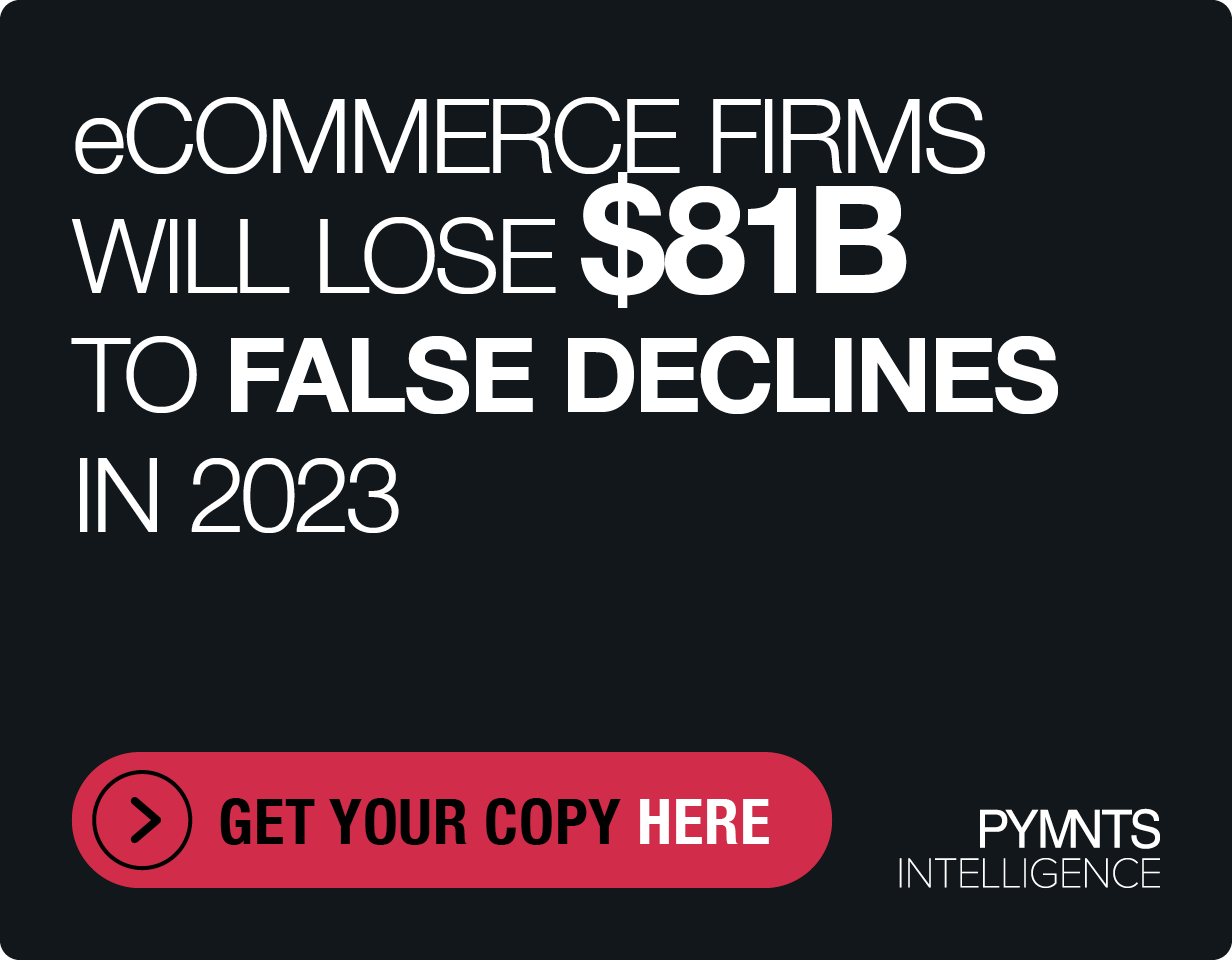Vaccine Now Available, Grocery Category Continues Digital Transformation
At long last a Covid-19 vaccine is officially being distributed in the United States. Getting it out, however, will be a long-term, multi-phase process. Mass distribution, if everything goes according to plan in the early phase, is expected to start in spring of 2021.
And with a vaccine so near to being widely available and extinguishing the immediate threat of COVID-19, the world is gearing up to once again start changing up. These are changes which are hard to predict as society waits to see how many of the new and highly digitized habits consumers picked up during the pandemic are actually going to stick around once the event that inspired them is over.
Which leads to the grocery segment, which has been profoundly impacted by the COVID crisis. One of the few retail locations allowed to remain fully open for business during the pandemic (though in some cases with capacity limits and special shopping hours for at-risk consumers), the grocery business has been pushed to become thoroughly digital and multichannel by the pandemic period.
Consumers have warmed up to digital grocery shopping quite significantly over the past eight months, and in a way that strongly indicates they won’t be abandoning it anytime soon.
According to PYMNTS’ latest Omnichannel Grocery report, 63.9 percent of U.S. consumers have bought groceries via digital channels during the pandemic, whether using a traditional desktop website, a mobile app or an aggregator.
As to how they like to receive those groceries once ordered, at-home delivery tends to lead among consumers, with 42.2 percent reporting using it. That stacks up against the 39.7 percent who’ve opted for curbside pickup and 35.2 percent who’ve picked up their orders in store.
The Distribution Center Future
And, with the advent of the vaccine, it looks like another challenge is facing the grocery business. This time it isn’t a shift to digital the segment is jumping to meet, but a move to acting as distribution centers for the new vaccine. Given the sheer volume of grocery stores nationwide that have pharmacies within them, the next six months of vaccine distribution signal busy times, FMI (The Food Industry Association) President and CEO Leslie Sarasin recently commented.
“Our members have sustained, bolstered and at times shifted operations to ensure Americans have access to safe, nutritious, and affordable foods and goods in high demand — all while supermarket pharmacies have continued to serve as a bridge between our communities and other providers,” Sarasin noted in a statement. “Notably, grocery pharmacies offer patients immediate care that is close and convenient to home. Serving as knowledgeable and trusted health and well-being partners within their communities, it’s clear that supermarket pharmacists will be essential to a successful COVID-19 vaccination plan.”
This sentiment is being reflected by stores themselves at this point. As of this week, Meijer, which operates 256 stores in six Midwestern states, and Ahold-Delhaize-owned Stop & Shop affirmed their commitment to distributing the vaccine and offering their staff special training to distribute the vaccine to the general public and educate them on the vaccine’s use.
Education, recent PYMNTS reporting indicates, could be critical as concerns still exist about whether or not enough consumers will move to get the vaccine, even when it becomes generally available next spring.
“We’re proud to do our part in the fight against COVID-19 by joining this critical effort led by HHS, and by making the vaccines accessible for our customers as soon as safe and effective options become available,” stated Katie Thornell, director of pharmacy at Stop & Shop. “This move to become an early provider is part of our commitment to be a trusted health resource within our communities.”
The nation’s largest grocery retailer, Walmart, reports it has been prepping over 5,000 Walmart and Sam’s Club pharmacies to receive the vaccine doses, including ensuring that all of its pharmacies have freezers and dry ice for storing the Pfizer/BioNTech vaccination, which requires extreme cold storage. According to Walmart Chief Medical Officer Tom Van Gilder, Walmart has also been setting agreements with states to be able to support vaccines where needed, establishing processes to inform people of when to receive the first and second doses and educating associates about the vaccine.
“We have been on quite a journey the last several months, from entering into agreements with the federal government to distribute the vaccine, to preparing our operations and clinical services, all to get ready to be one of the places our customers and associates can receive the vaccine,” Gilder said in a blog post last week. “I know we are all ready to get back to normal and enjoy life beyond the epidemic, and these vaccines will help us do that.”
The Power of Familiarity to Create Comfort
Grocers may also be important to making consumers comfortable enough to get the vaccine at the near-universal levels required to create herd immunity. PYMNTS’ data on U.S. consumers’ intentions to seek a vaccine — gathered after news of the Pfizer vaccine was already in the public sphere — is less than totally encouraging. Only 37.9 percent reported that they “strongly” plan to get vaccinated, slightly outnumbered by the 38.4 percent of people who say they “definitely” or “probably” won’t.
And while there are a lot mechanisms coming into play to push those holdouts from “no” to “yes,” the simply ability to get their vaccine at their favorite local grocery spot mind end up being a surprisingly low-key and understated boost to the effort.
